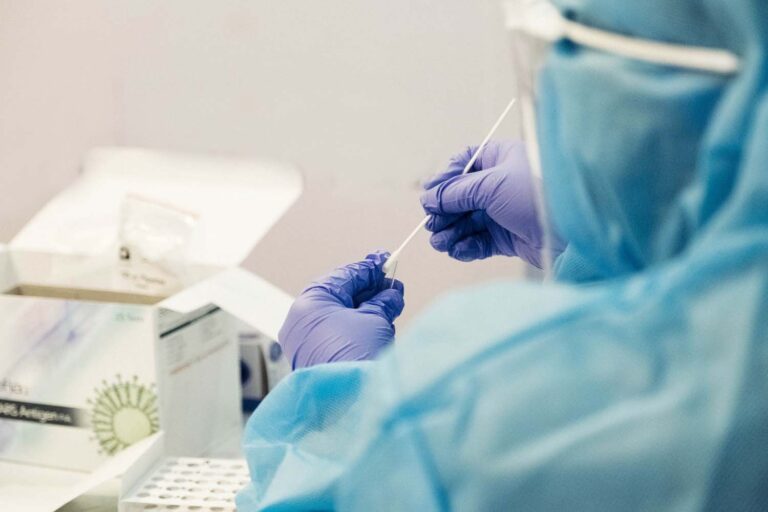
The strategy of opting for the patients' home isolation has several weaknesses: it is problematic to remotely assess the worsening of the patient's conditions; the lack of a thermometer compromises the assessment of temperature at home and the interpretation of symptoms of respiratory distress can be subjective, especially if a family member responds. Above all, in poor and overcrowded places, it is practically impossible to properly enforce prevention rules: washing hands carefully when soap cannot be wasted, correctly using and reusing homemade masks, not sharing the towel, cleaning properly crockery and cutlery, avoiding visitors and even staying at home unless food is stored for the family. It seems impossible, under these conditions, to avoid intrafamilial transmission.
The importance of intrafamilial transmission has been well documented in China. In that country, with the increase in the number of infected people, home isolation was discarded due to the risk it represented for the patients' families. The solution was found in the Shelter Hospitals (HA) Fangcang, (Fangcang translate “Noah's Ark”). These were temporary health facilities held in large-capacity public places, such as stadiums and exhibition centers, transformed into hospitals for emergency isolation. The HA offered either effective clinical care to most Covid-19 patients or isolation from families and communities. This second aspect was responsible, to a large extent, for the rapid control of the transmission that took place in China.
Facebook comment box

